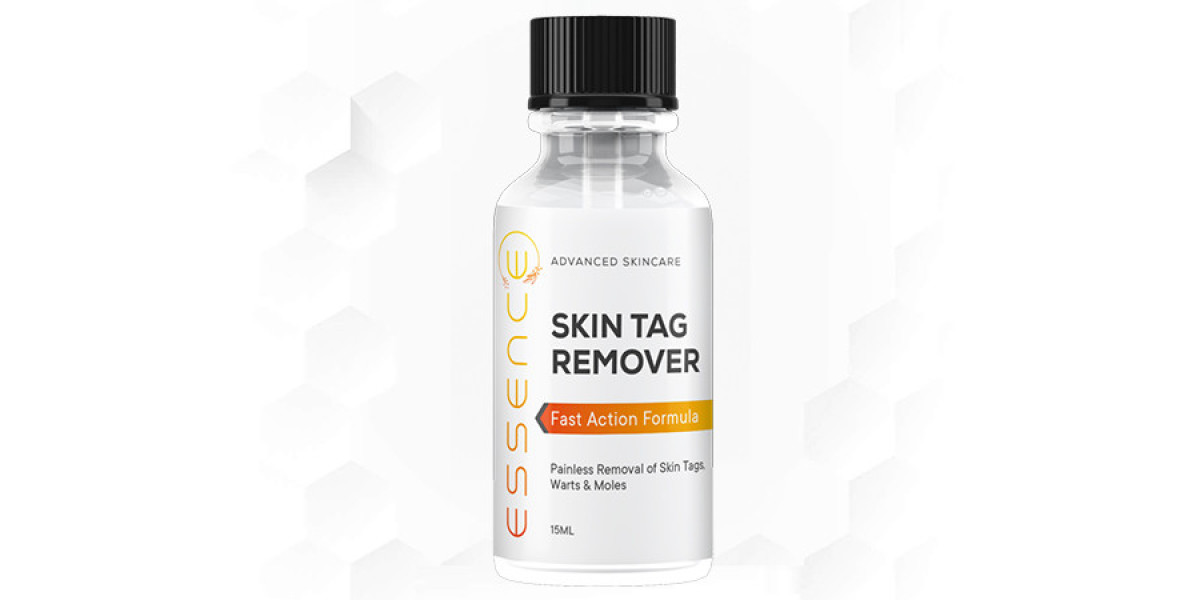In today’s fast-paced, technology-driven environment, businesses increasingly rely on the efficiency of their IT help desks. To maintain high standards of support and consistently deliver quality customer service, tracking and optimizing performance through help desk metrics is essential. These metrics provide insights into various aspects of help desk performance, enabling organizations to make data-driven decisions that lead to improved support operations.
Understanding the Importance of Help Desk Metrics
Help desk metrics serve as a valuable compass for evaluating the effectiveness of support teams. Without this data, businesses would be navigating customer service blindly, unable to pinpoint areas of success or identify issues that need resolution. Metrics like First Response Time (FRT), Average Resolution Time (ART), and Customer Satisfaction (CSAT) scores help businesses understand how well their support teams are performing.
For example, a high FRT indicates that support agents are responding quickly to customer queries, while a low CSAT score may highlight dissatisfaction with the quality of service provided. Tracking these metrics allows companies to focus on areas that require improvement, helping them achieve better customer outcomes.
Unlock the Full Potential of Your IT Help Desk
Tracking the right help desk metrics is key to optimizing your support operations. To learn more about how to enhance your IT support and implement best practices, check out our guide on Key Metrics of Help Desk for further insights.
Key Metrics to Track for IT Help Desk Success
Several key metrics are crucial for ensuring a smooth and effective help desk operation. These include:
- First Response Time (FRT): Measures how quickly an agent responds to a customer's initial request. A low FRT indicates a swift, efficient support system.
- Average Resolution Time (ART): Indicates the average time it takes for a support agent to resolve an issue. Reducing this metric can lead to higher customer satisfaction.
- Ticket Volume: Refers to the total number of support requests handled within a specific time frame. This helps in identifying workload trends and resource allocation needs.
- Customer Satisfaction (CSAT) Score: Gauges how happy customers are with the service they received. A high CSAT score shows that the team is meeting or exceeding expectations.
By focusing on these help desk metrics, businesses can streamline their IT support operations and foster stronger relationships with their customers.
Enhancing Support with Data-Driven Insights
When help desk metrics are analyzed regularly, businesses can identify patterns that help improve overall service delivery. For instance, tracking ticket volume across different channels can reveal whether customers prefer live chat, email, or phone support. This knowledge allows companies to optimize resource allocation and tailor their support strategies to better meet customer expectations.
Moreover, understanding First Contact Resolution (FCR) Rate is vital, as it shows the percentage of issues resolved in a single interaction. A high FCR rate means the support team is well-equipped to handle customer inquiries effectively, without the need for multiple follow-ups.
The Power of Proactive Support with Metrics
Help desk metrics also enable organizations to move from a reactive to a proactive support approach. Through predictive analytics, IT teams can anticipate potential issues before they escalate. For example, by monitoring common customer complaints or recurring technical problems, companies can address these proactively and reduce the number of incoming tickets related to the same issue. This reduces customer frustration and increases overall satisfaction.
Additionally, Service Level Agreement (SLA) Compliance Rate is another crucial metric that ensures support teams meet the agreed-upon service standards. Maintaining a high SLA compliance rate demonstrates reliability, fosters customer loyalty, and positions the business as a trustworthy partner.








